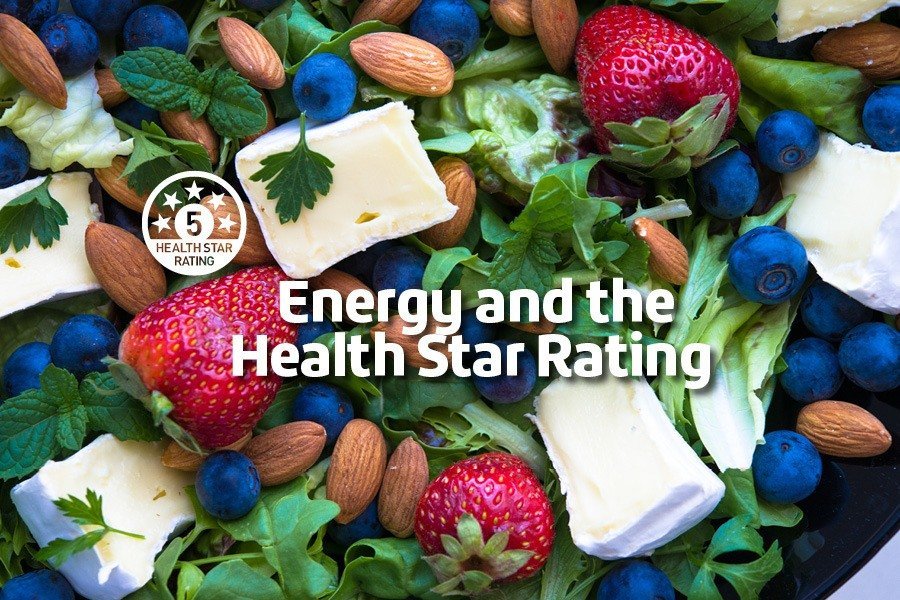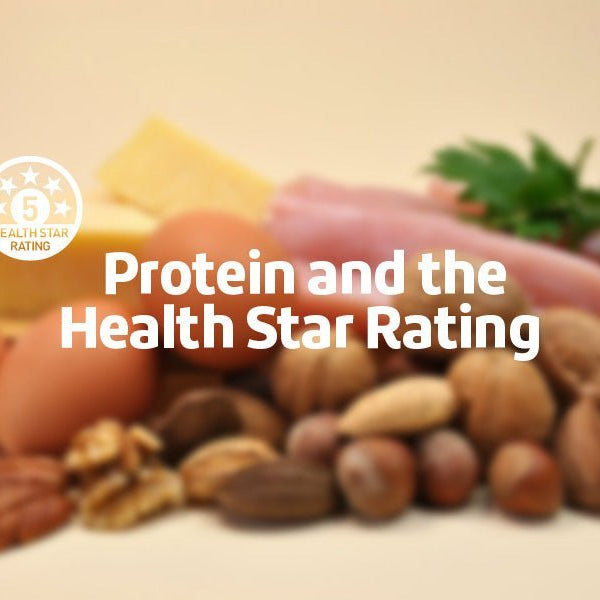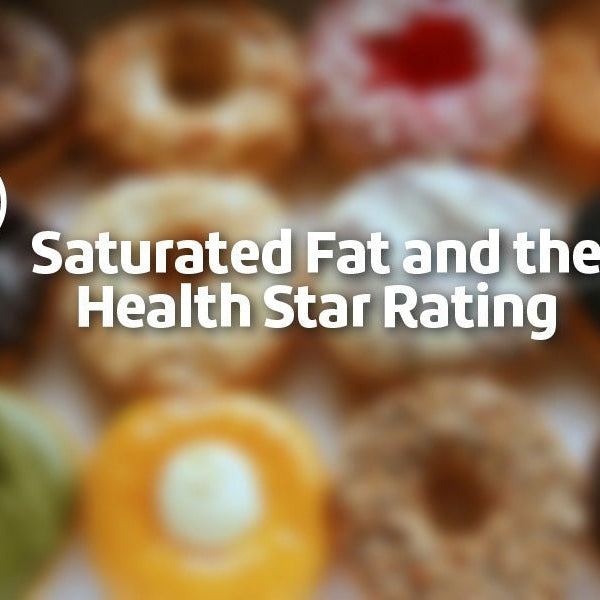
We’re continuing our look into the different components of the Health Star Rating (HSR) system that has recently been implemented onto Australian food packaging. We’ve already looked at what the system is and the component of protein in previous blogs, if you missed them here's the blog about protein; Health Star Rating - Protein.
Articles Consulted:
What does it mean by energy? What are kilojoules?
Energy is what we get from food and drink that enables us to do work. The more energy we consume, the more work we should be doing to use it up. Kilojoules (kJ) is the unit of measurement in Australia for energy. It means the same things as calories, and you can convert kilojoules to calories using this conversion: 1 calorie = 4.184 kJ.How much energy should I be getting each day?
It is recommended that an average adult Australian should consume 8,700kJ per day. However there are lots of factors to be considered when calculating how many kilojoules you should consume, like age, sex, exercise level, body weight and job. The following diagram gives you a good idea of what this looks like, compared to a diet of fatty foods. This website also gives a good idea of what a “typical day” looks like in terms of energy intake. Have a look at this calculator to see what the average amount of kilojoules a day for you would be best. The amount of energy you consume needs to be balanced by the amount of physical activity you do. If you work in an office, it’s more important to be concious of the energy you’re consuming as you are sitting all day. If you’re a labourer or a tradie, you will be burning a lot more energy as you work so you’ll also need to be consuming more energy. To get an idea about how different physical activities burn kilojoules, have a look at this calculator.What foods have good, high energy?
Different nutrients give different amounts of energy per one gram, here is a brief overview of some:- Fat: 37kJ
- Alcohol: 29kJ
- Carbohydrates: 16kJ
- Protein: 17kJ
- Dietary fibre: 13kJ
- Water: 0kJ


